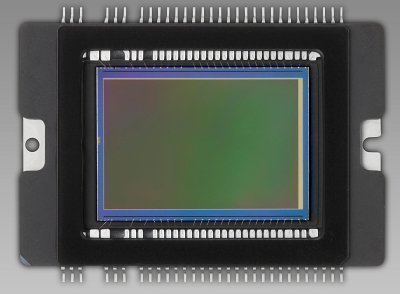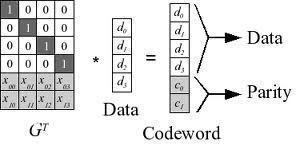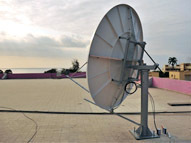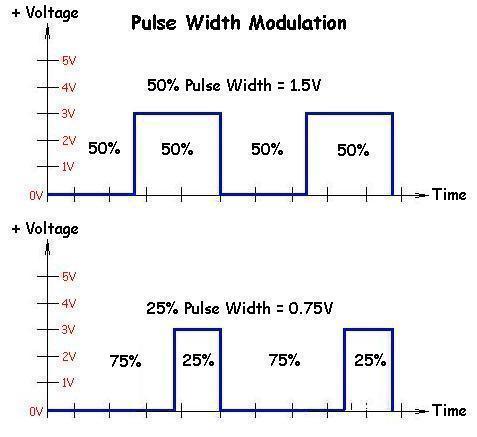A CMOS (Complementary Metal-oxide Semiconductor) inverter is a device that produces logic functions and is the primary component of all integrated circuits. A CMOS inverter is a field-effect transistor that is composed of a metal gate that lies on top of an insulating layer of oxygen, which lies on top of a semiconductor. CMOS inverters are found in most electronic devices and are responsible for producing data within small circuits.
How CMOS Inverters Work
CMOS inverters work like most other types of field-effect transistors, but depend on a layer of oxygen to separate electrons in the gate and semiconductor. They are made up of a power supply, voltage input terminal, gate, drain, voltage output, and PMOS and NMOS that are connected to both the gate and the drain. As low voltage is applied to the voltage input, the PMOS is turned on while the NMOS remains off, allowing electrons to flow through the gate and causing the voltage output to produce a high logic. Conversely, as high voltage is applied to the voltage input, both the PMOS and NMOS are turned on, preventing as many electrons from reaching the voltage output and causing the voltage output to produce a low logic.
Applications
CMOS inverters play a critical role in integrated circuits, including microprocessors, microcontrollers, static RAM, image sensors, data converters, and some types of transceivers. CMOS inverters are found in digital cameras, mobile devices, home computers, network servers, routers, modems, cell phones, and virtually every other electronic device that requires logic functions.
Advantages
CMOS inverters have several important advantages. For example, CMOS inverters only use electricity when they are turned on and off, resulting in very little power consumption. Consequently, CMOS inverters produce very little heat waste, making them highly efficient and usable in a wide variety of small, delicate electronic devices. Additionally, CMOS inverters have high noise immunity, which allows them to block both incoming and outgoing frequency spikes. Finally, CMOS inverters are inexpensive to mass produce.




Follow Us!